Anchoring distinctive strengths, embracing openness and collaboration
Advancing high-quality scientific research as an applied university
On March 28, SDJU Scientific Research Conference 2025 was held at Theater of Lin-gang campus. Centered on the theme “Anchoring distinctiveness, embracing openness and collaboration,striving for a new chapter in high-quality scientific research as an applied university,” the conference reviewed the achievements and experiences of the university’s scientific research in 2024 while outlining key research priorities for 2025.
The conference was attended by representatives from different enterprises, including Shanghai Hangling Aviation Technology Co., Ltd., Global Advanced Technology Co., Ltd, China Mobile (Shanghai) Information Communication Technology Co., Ltd., Shanghai Lin-gang Technology Innovation Center, ThunderSoft AcquaDrive, Shanghai Lin-gang Synlnx Semiconductor Technology Co., Ltd., Zhangjiang Industry Innovation Alliance, Shanghai Zhangjiang Lin-gang Investment Development Co., Ltd., and National Innovation Center Par Excellence.
SDJU Party Committee Secretary Lu Xionggang, President Gong Siyi, Deputy Party Committee Secretary Li Xiaojunand other university leaders attended the conference, together with academic team leaders, representative from functional departments, secondary schools, and faculty members. The meeting was presided over by Vice President Yang Junjie.
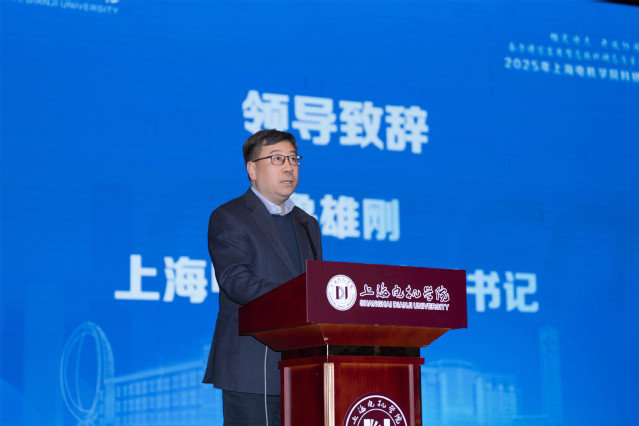
In his opening remarks, Party Committee Secretary Lu, on behalf of our university, expressed sincere gratitude to the officials and corporate partners for their long-standing support. He highlighted that over the past year, our university stayed anchored in building distinctive strengths in aeronautics, with emphasis on strategic areas such as micro-nano satellites, intelligent manufacturing, and integrated circuits. By deepening industry-education integration and university-enterprise innovation collaboration, SDJU had achieved breakthroughs in key technologies, built a robust applied disciplinary ecosystem in high-end equipment manufacturing and services, and established multiple high-level research platforms. Notable milestones included successful satellite launches and space station experiments, which exemplify our university’s industry-academia-research-application collaborative innovation model and contribute to transform research findings into new productive forces and empowers regional industrial upgrading.
Looking ahead to 2025—a critical year to conclude the 14th Five-Year Plan and launch the 15th Five-Year Plan—Lu emphasized thatSDJU will closely align with national aerospace strategy and Shanghai’s aeronautical industrial cluster goals. SDJU will build a full-chain innovation system of demandpull, technologybreakthrough, and industrial transformation, integrating education, industry, innovation, and talent. With discipline development, technological innovation, and achievement transformation as the core, our university aims to strengthen organized research, foster youth talents and cross-disciplinary outcomes, and contribute a SDJU model to advancing high-quality research and serving the strategy of building China into a powerhouse in manufacturing.
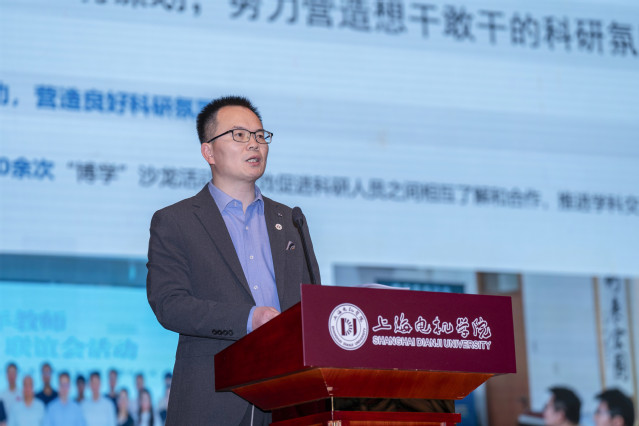
Vice President Yang delivered SDJU Scientific Research Report, reviewing achievements in 2024 from four dimensions: improving the disciplinary system, building talent teams, fostering strong research environment, and enhancing support. He also identified existing challenges and outlined 2025objectives, stressing the need to align with key industrial demands, optimize disciplinary layouts, jointly build high-level platforms with enterprises, and enhance collaborative problem-solving capabilities to further support regional industrial development and explore a distinctive path for scientific research of applied university.

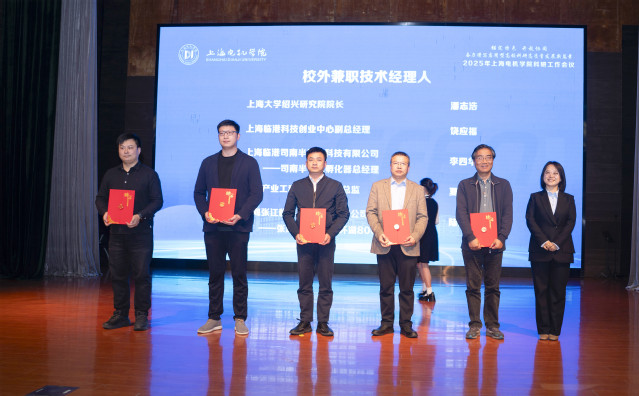
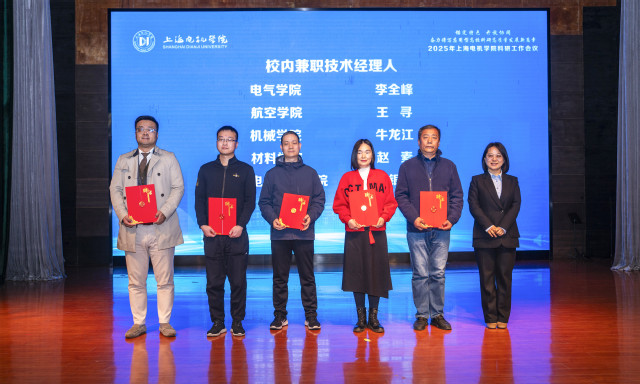
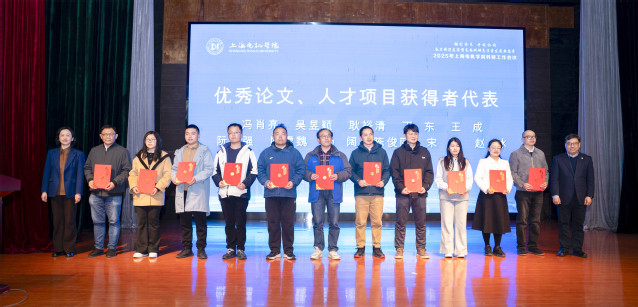
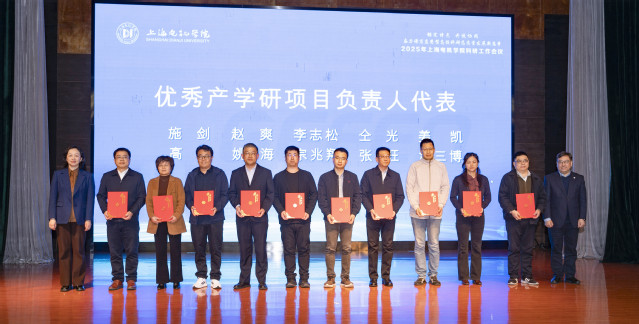
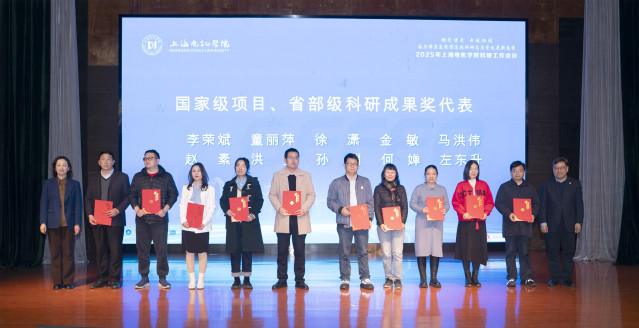
During the conference, Deputy Party Committee Secretary Li Xiaojun accepted a donation on behalf of SDJU from Shanghai Hangling Aviation Technology Co., Ltd. SDJU also signed cooperation agreements with Global Advanced Technology, Shanghai Hangling Aviation Technology, Shanghai Institute of Space Power-Sources (SISP), China Mobile (Shanghai) Information Communication Technology, and ThunderSoft AcquaDrive. Additionally, the Joint Laboratory of AI Large Models for Intelligent Cockpits was officially inaugurated.
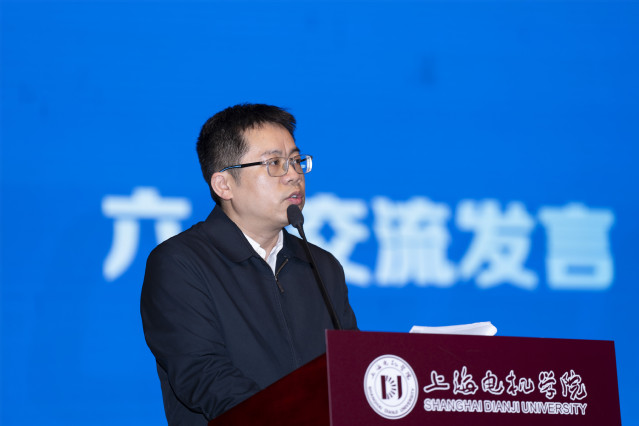
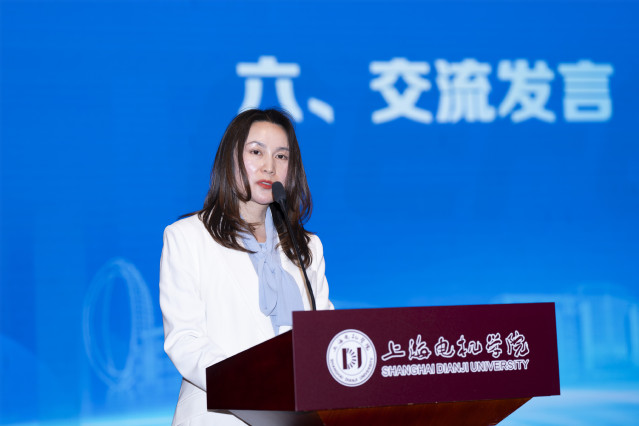
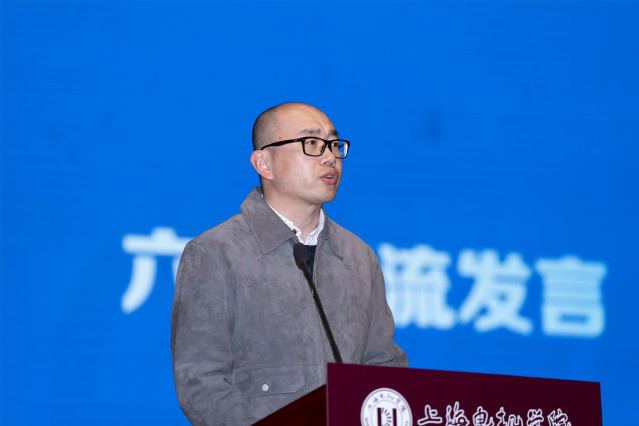
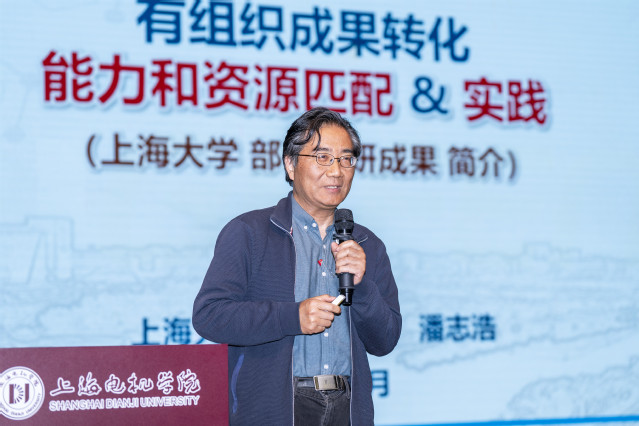
Pan Zhihao, Director of Shaoxing Institute of Technology Shanghai University, delivered a keynote report on “Organized Achievement Transformation: Capabilities, Resources, and Practices.” Through case studies including the industrialization of solid-state batteries, organized industrialization of special high-end alloy materials, and intelligent design and application of low-dimensional metamaterials, he shared experiences in systematically promoting research achievement transformation.
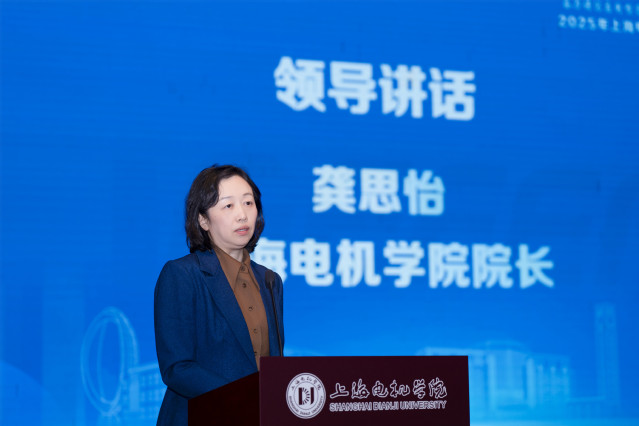
In her concluding remarks, President Gong Siyi emphasized four key points. First, it is essential to grasp the spirit of the era and shoulder the mission of advancing research and innovation through strengthening education. She called for proactive integrating into the cycle of serving scientific and technological development, national strategic needs, and regional socio-economic development, enhancing the sense of urgency in seizing opportunities, actively aligning with Shanghai’s “3+6” key industries and Lin-gang industrial clusters, and stimulating the sense of responsibility and initiative among faculty.Second, development goalsmust be firmly anchored, with comprehensive reforms stimulating new momentum in SDJU scientific research. With disciplines as the foundation and applications as the orientation, SDJU will focus on its three core fields- mechanicalengineering, electrical engineering and materialsscience, whileenhancingits feature of industry-education integration. SDJU will prioritize its building of high-end equipment manufacturing and service disciplinary cluster, consolidate traditional fields such as small motors, large forgings, and intelligent manufacturing, and strategically develop new aerospace pathways, forming a distinctive “Aerospace + X” cluster.Third, SDJU must focus on key initiatives, promoting quality and efficiency of research through openness and collaboration. This includes exploring effective models for industry-university-research collaboration in key technology areas and building public service platforms driven by industrial demand, and enhancing technology transformation capabilities by measures such as forming a team of technology brokers, establishing an information service platform, and improving transformationmechanisms.Fourthly, SDJU must strengthen responsibility implementation to ensure tangible results, with a nail-driving spirit. High-quality research, she noted, is a critical task forSDJU, a core strength of secondary schools, and a booster for faculty growth.
She expressed the hope that all faculty would become the main force of research innovation, secondary schools would serve as the vanguard of scientific breakthroughs, and functional departments would provide the support network for research.
President Gong concluded by reaffirming that SDJU will continue to increase support for research, striving to make our university a source of innovation for industrial common technologies, a leader in industry-education integration, and a catalyst for regional industrial development, thereby writing a new chapter in the high-quality development of SDJU scientific research.






